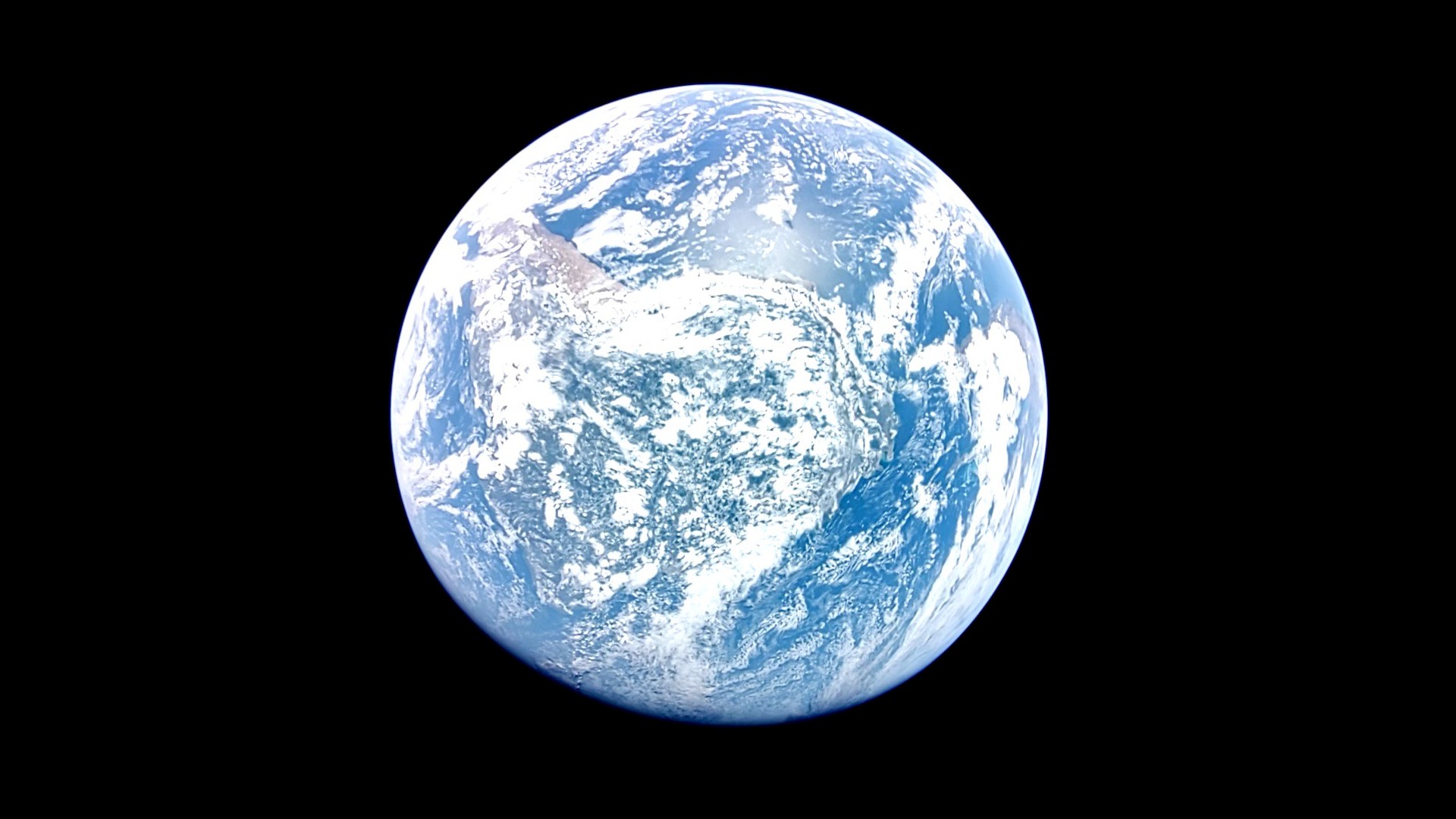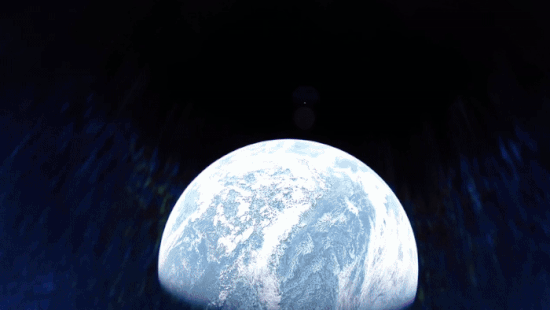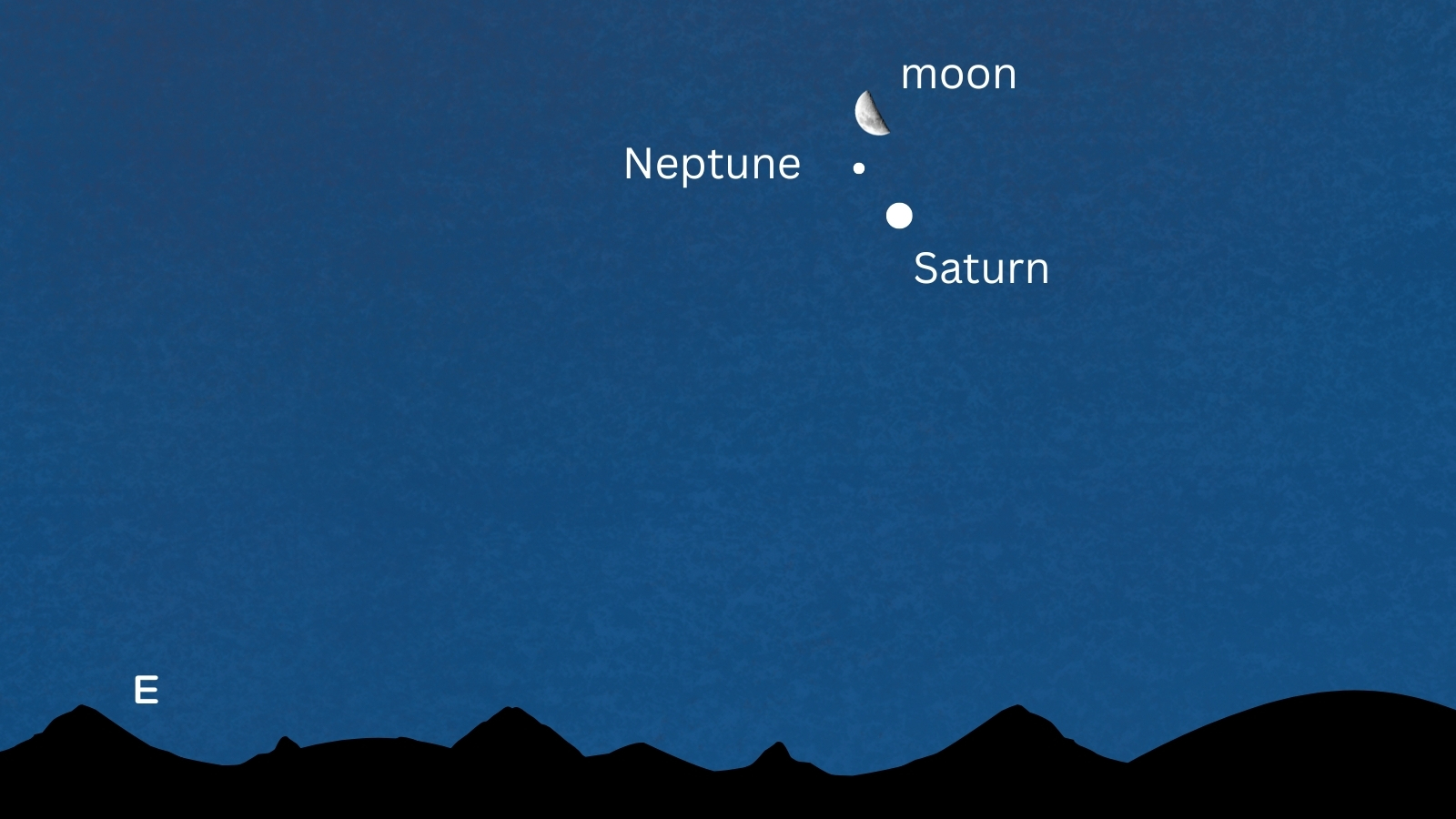Blue Ghost moon lander sees Earth as a 'blue marble' from orbit (photo)
"Our GhostRiders captured the beauty of our home planet during another Earth orbit burn."

Firefly Aerospace's Blue Ghost moon lander caught haunting images of Earth while preparing to make its way towards lunar orbit.
Blue Ghost launched on the "Ghost Riders in the Sky" mission on Jan. 15 atop a SpaceX Falcon 9 rocket. The lander is currently orbiting Earth, and will continue to do so for about two more weeks before it performs an engine burn that will take it on a four-day journey to the moon. Firefly Aerospace's lander will then perform another burn to insert itself into orbit around the moon, where it will spend 16 days before descending to the lunar surface.
On Friday (Jan. 24), Firefly Aerospace shared photos of Earth taken by the lander as it fired its engines to raise its orbit. "Our GhostRiders captured the beauty of our home planet during another Earth orbit burn. This second engine burn (and first critical burn) adjusted Blue Ghost's apogee (the furthest point from Earth) using just our Spectre RCS thrusters," the company posted to X.
Blue Ghost is flying to the moon as part of NASA's Commercial Lunar Payload Services (CLPS) program. CLPS pairs NASA scientific payloads with privately-built moon landers that can deliver them to the lunar surface. The program was created in support of NASA's Artemis program that aims to land astronauts on the moon for the first time in over 50 years.
When Blue Ghost reaches the lunar surface, it will boot up 10 NASA science experiments that will conduct studies on lunar regolith (moon dust), the radiation environment on the moon, and the interaction between solar wind and Earth's magnetosphere. The lander will also deploy a laser reflector array that will help scientists measure the Earth-moon distance.

Firefly Aerospace released a video earlier this week showing Blue Ghost witnessing Earth eclipsing the sun while in orbit. The company says the lander is in perfect health so far.
Blue Ghost was designed to operate on the surface of the moon for one lunar day, or about two Earth weeks. Then, the sun will set on the moon and the lander's batteries will deplete within a few hours.
Breaking space news, the latest updates on rocket launches, skywatching events and more!
Before that happens, the lander will have a few hours of battery life to use its onboard cameras to take images of the lunar sunset and conduct experiments measuring how lunar regolith reacts to dusk and sunset on the moon.
Join our Space Forums to keep talking space on the latest missions, night sky and more! And if you have a news tip, correction or comment, let us know at: community@space.com.

Brett is curious about emerging aerospace technologies, alternative launch concepts, military space developments and uncrewed aircraft systems. Brett's work has appeared on Scientific American, The War Zone, Popular Science, the History Channel, Science Discovery and more. Brett has English degrees from Clemson University and the University of North Carolina at Charlotte. In his free time, Brett enjoys skywatching throughout the dark skies of the Appalachian mountains.
-
Torbjorn Larsson The timelapse video animation is nicely showing the terminator progressively shadowing the - no doubt also moving - clouds of Earth.Reply
Seeing such doubly evidence of Earth curvature and daylight mechanism of rotating in respect to the Sun, it would for once be interesting to know how the insanely fact resistant fringe of flat Earth beliefs are explaining away the evidence.
This time the 'NASA edited the images' won't fly, since Firefly Aerospace has chosen the Swedish Space Corporation for their Blue Ghost communications. They likely have to come up with a new angle for their conspiracy theory.
But at least the Artemis program now serves as vaccination against innocent people being poisoned with anti-facts.
“As the only satellite ground station network supplier, we provide all the antennas required to track and communicate with the lander throughout the mission. We will be using our satellite ground stations in Santiago, Hawaii, and Australia, complemented by two partner stations”, explains Nick Priborsky, President Connect division, SSC.
https://sscspace.com/ssc-supports-firefly-aerospaces-blue-ghost-mission-to-the-moon/ -
24launch Really cool timelapse! I'm quite excited for this and the future commercial landers!Reply
Regarding the flat-Earthers. No amount of proof will convince the most diehard conspiracy believers, so it's not worth even trying. Frustrating though when they preach that nonsense to impressionable youth. Especially when they drone on about the Moon landing hoax. -
Stoney51 Reply
I agree completely. My best friend is a flat Earther and he hates that I love science and outer space.24launch said:Really cool timelapse! I'm quite excited for this and the future commercial landers!
Regarding the flat-Earthers. No amount of proof will convince the most diehard conspiracy believers, so it's not worth even trying. Frustrating though when they preach that nonsense to impressionable youth. Especially when they drone on about the Moon landing hoax.
